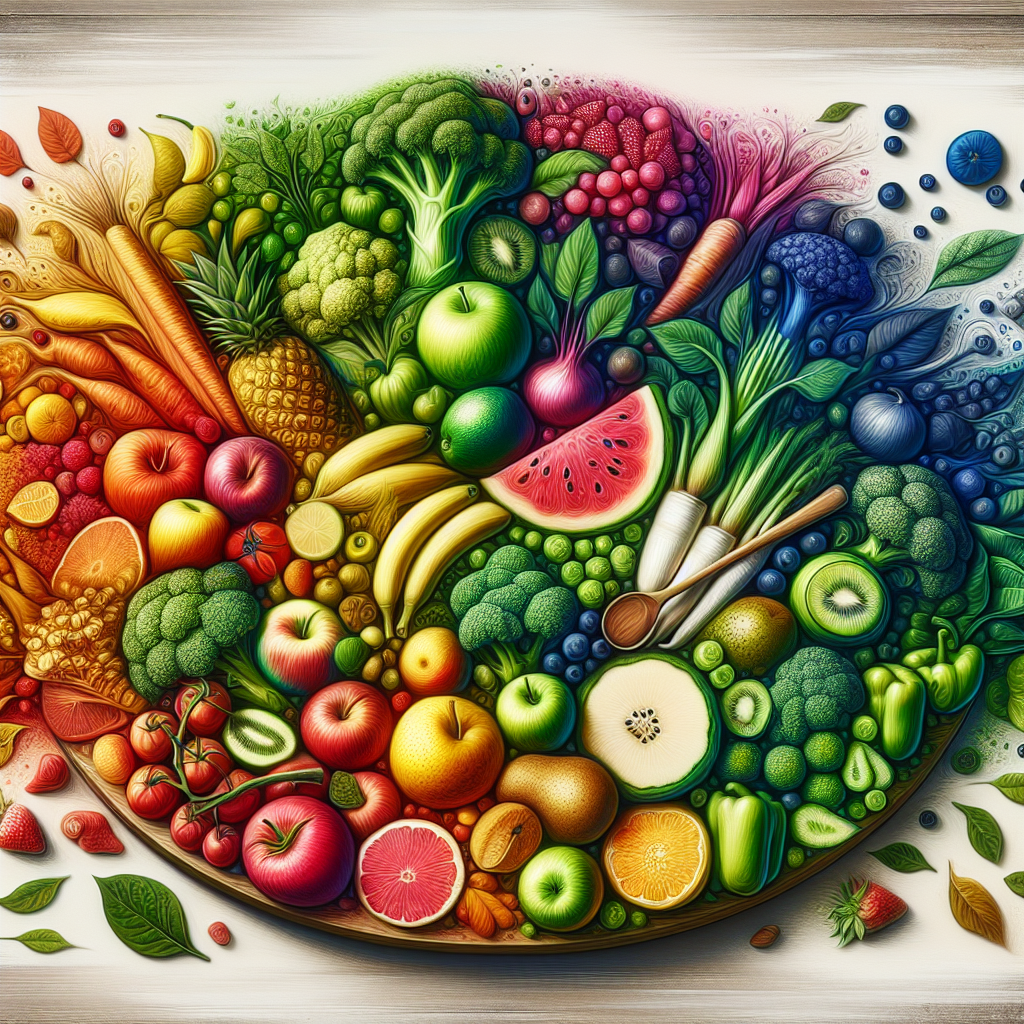Understanding the Basics of Balanced Nutrition
Understanding the basics of balanced nutrition is crucial for maintaining good health and overall well-being. Balanced nutrition refers to consuming a variety of foods that provide the right combination of nutrients, including carbohydrates, proteins, fats, vitamins, and minerals. This balance is essential for supporting bodily functions, promoting optimal growth and development, and reducing the risk of chronic diseases.
Carbohydrates are the body’s primary source of energy and can be found in foods such as whole grains, fruits, and vegetables. Proteins are essential for building and repairing tissues and can be obtained from sources like lean meats, beans, and dairy products. Healthy fats, found in avocados, nuts, and fish, play a crucial role in supporting cell growth and protecting organs.
Vitamins and minerals are also vital for maintaining a balanced diet. These micronutrients support various bodily functions, including immune system health, bone strength, and energy production. Fruits, vegetables, and whole grains are rich sources of vitamins and minerals. Including a wide variety of these foods in the diet is key to ensuring adequate intake of essential nutrients.
By understanding the basics of balanced nutrition and making conscious food choices, individuals can support their overall health and reduce the risk of nutrition-related health issues. A balanced diet not only fuels the body but also supports mental clarity and emotional well-being.
Incorporating a variety of nutrient-dense foods into meals and snacks is a fundamental aspect of balanced nutrition. This approach ensures that the body receives all the necessary nutrients it needs to function optimally. Moreover, it is important to emphasize portion control and mindful eating to maintain a healthy balance and prevent overconsumption of any specific nutrient.
In conclusion, understanding the basics of balanced nutrition is a key step towards achieving and maintaining good health. By prioritizing a diverse and nutrient-rich diet, individuals can take proactive steps towards supporting their overall well-being and longevity.
Creating a Balanced Diet: Tips and Tricks
Creating a balanced diet is essential for maintaining good health and overall well-being. A balanced diet provides the body with the necessary nutrients, vitamins, and minerals to function properly and stay healthy. One of the key principles of a balanced diet is to include a variety of foods from all the food groups. This includes fruits, vegetables, whole grains, lean proteins, and healthy fats.
When creating a balanced diet, it’s important to focus on portion control and moderation. Incorporating a wide range of colorful fruits and vegetables into your meals ensures that you are getting a diverse array of vitamins and minerals. Additionally, choosing whole grains over refined grains and including sources of lean protein such as poultry, fish, beans, and nuts can help maintain a healthy balance.
Avoiding highly processed foods and excessive consumption of sugary snacks and drinks is also crucial in creating a balanced diet. These items often contain added sugars, unhealthy fats, and high levels of sodium, which can have negative effects on overall health.
Furthermore, staying hydrated by consuming an adequate amount of water throughout the day is an important aspect of a balanced diet. Water helps with digestion, nutrient absorption, and overall body function.
In conclusion, creating a balanced diet involves incorporating a variety of nutrient-dense foods, practicing portion control, and avoiding excessive amounts of processed and sugary foods. By following these tips and tricks, individuals can ensure they are meeting their nutritional needs and maintaining a healthy lifestyle.
The Impact of Balanced Nutrition on Overall Health
Balanced nutrition plays a crucial role in maintaining overall health and well-being. A diet that provides the right balance of nutrients, including carbohydrates, protein, healthy fats, vitamins, and minerals, is essential for supporting the body’s various functions. The impact of balanced nutrition on overall health is multifaceted, affecting everything from energy levels and immune function to mood stability and long-term disease prevention.
Consuming a variety of nutrient-dense foods ensures that the body receives the essential components it needs to function optimally. Carbohydrates are the body’s primary source of energy, while protein is vital for muscle repair and growth. Healthy fats, such as those found in avocados and nuts, support cell growth and protect organs. Meanwhile, vitamins and minerals, such as vitamin C, iron, and calcium, play crucial roles in immune support, oxygen transport, and bone health.
Furthermore, balanced nutrition significantly impacts weight management and reduces the risk of chronic diseases such as diabetes, heart disease, and certain cancers. A diet rich in fruits, vegetables, whole grains, lean proteins, and healthy fats provides the body with the necessary tools to maintain a healthy weight and support vital organ function.
In conclusion, the importance of balanced nutrition cannot be overstated. It is the cornerstone of overall health, influencing every aspect of the body’s function and significantly impacting long-term well-being. By prioritizing a diverse and nourishing diet, individuals can proactively support their health and reduce the risk of numerous diseases, ultimately leading to a higher quality of life.





























